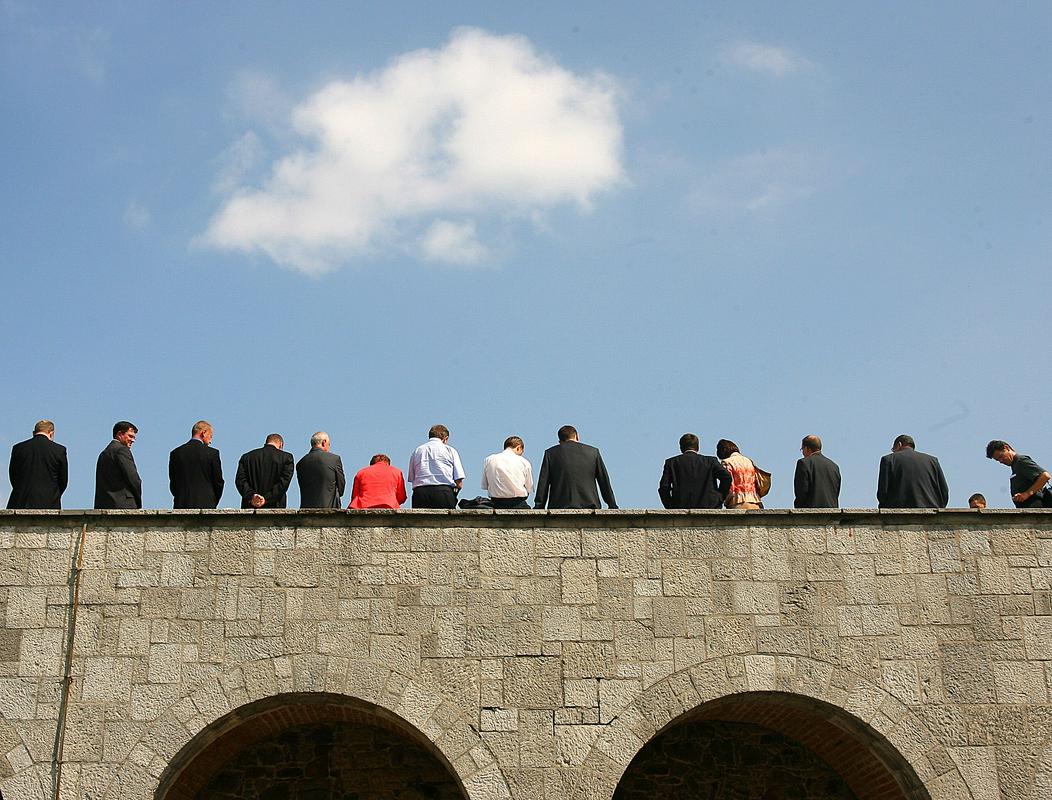
Not much is known about the origins of the Hmeljnik Castle in Slovenia’s Dolenjska region. Its first mentions date back to the 13th century, and historians believe that it got its name from hops, a key ingredient in beer production. The crop, known as “hmelj” in Slovenian, was once grown in this part of the country.
Over the years, the castle passed into the hands of many different noble families, but one constant was the threat of Ottoman Turkish invaders from the south. The local Christian population lived in near-constant fear of the Turks and their destructive raids. To defend the castle from the incursions, its owners built double fortifications with watchtowers all around the structure. The fortified building even had a drawbridge over a moat to complete its fairytale look.
Different architectural eras all left an imprint on the Hmeljnik Castle. In the Gothic era, the estate saw the addition of the Chapel of St. Pancras and a new tower, while the Renaissance brought brand-new arcades around the castle courtyard.
Ultimately, the political turmoil of the 20th century proved to be more destructive than any Turkish army. During World War II, the castle was burned down by the Partisans, who tended to view castles as hated symbols of the nobility; they also feared that the buildings might be used as strongholds by their enemy. Only the castle walls survived the fire.
While limited renovations began in the 1950s, the authorities soon ran out of money. Today, parts of the castle, including the Renaissance courtyard, have been repaired, but much of the building is still in a poor shape. Like many other Slovenian castles, it is awaiting an investor that would give its historical splendor a new life after decades of neglect.

































































